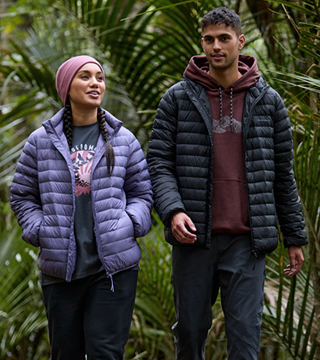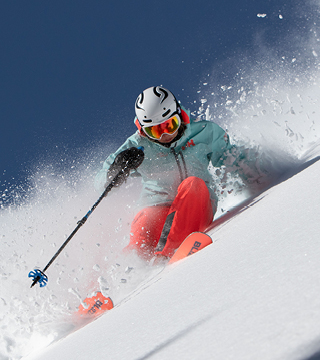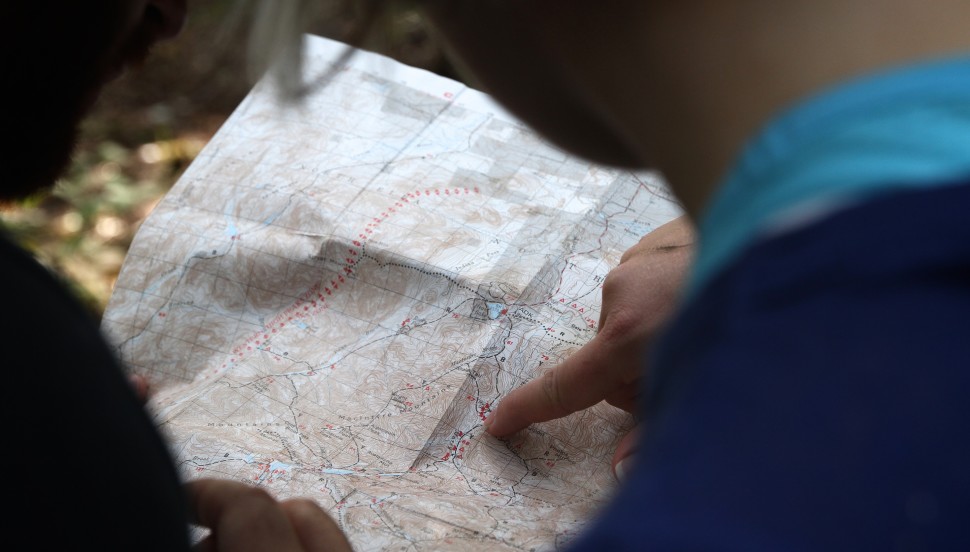We asked Torpedo7 athlete and adventure race organiser Nora Audra to share her tips on how to use a compass and navigate off of a map. Having competed in 4 (10-12 hr) Spring Challenges, winning 3 times and 2nd once, with a background as a Outward Bound Instructor and the former navigator for the premier Brazilian adventure race team Atenah, we reckon Nora is pretty qualified to share her tips! If you’re taking part in the Torpedo7 Spring Challenge or simply want to brush up on your compass navigation skills you’ve come to the right place. We’ll start with some basic navigation tips and move on to some more advanced tips in a later entry. Be sure to explore the rest of our Help & Advice section for more useful info on all your outdoor activities and adventures.
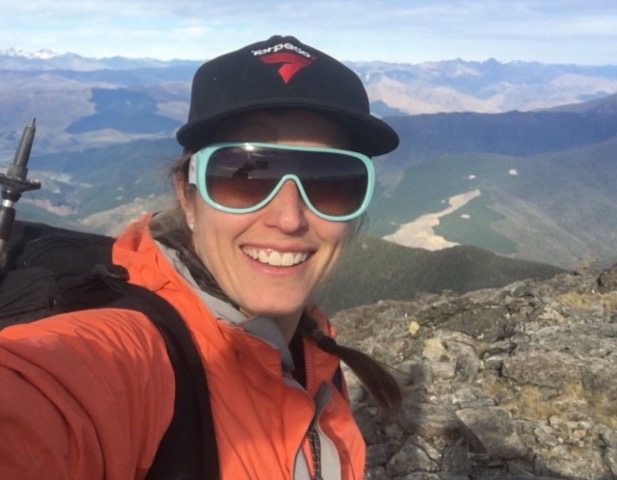
After more than 12 years teaching people how to read a map and navigate in adventure races, I can assure you that one of the most important pieces of gear to carry is a good compass. I always suggest people invest on a good quality compass. Brands that are specialists in orienteering equipment, like Suunto, sold at Torpedo7. You don’t want to be let down when in the wilderness or during an adventure race like the Spring Challenge.
Why we use a compass?
When you are navigating in an adventure race, it is very important to always keep the map orientated to the north (north of the map facing the north of the compass, known as magnetic north). It means to turn the map in such a way that north on the map fits north on the landscape and that terrain features shown on the map, such as roads, mountains and rivers, are lined up with these features around you.
North – all maps have the north facing up and all readings right side up. If there is any doubt, you can look at the symbols on the map legend and you will be able to find a diagram showing the difference between True North and the Magnetic North.
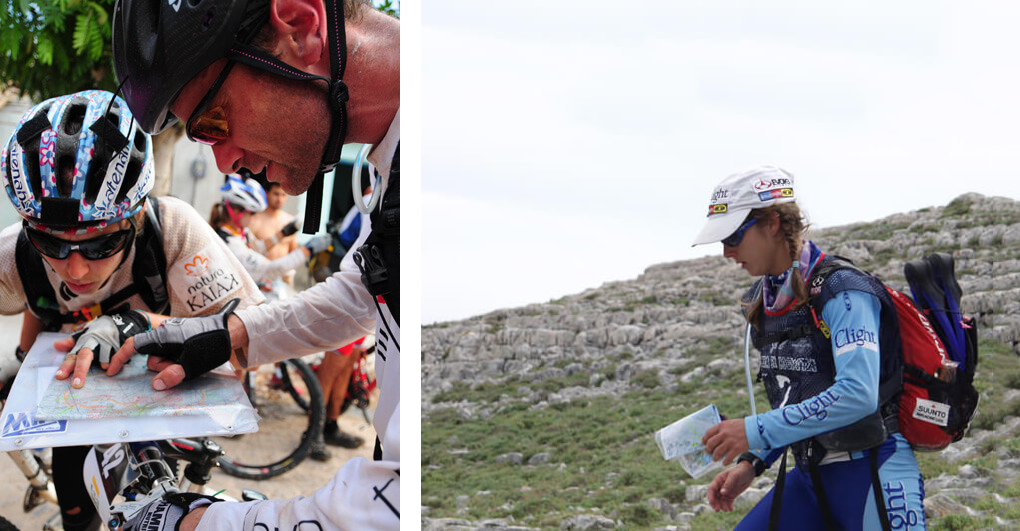
Be aware of the Declination!
One confusing thing about compasses and maps is the difference between magnetic north and true north (also called grid north). True and magnetic north varies according to where you are on the globe. Here in New Zealand the declination is 23o East, which means that the magnetic north will be pointing 23o East of the True North on the map.
True North – is the north represented by the top of your map. There is the True North Pole (where Santa Claus lives;-) and the Magnetic North Pole, which is located north of Hudson Bay, in Canada. The angle between the direction the compass needle points and the True North line is called declination, or variation. The declination for a given topographic map is shown in the map’s data or symbol area.
The easiest way to keep your map orientated
Is to make your map speak “Compass Language” We do this by drawing lines on the map pointing to the magnetic North. We either draw a line along the magnetic north line from the symbol area or using 23o on the compass. Then draw other lines parallel to this line, 2-4cm apart. Now you can ignore the True North lines and use the Magnetic North lines you drew on your map to match with the magnetic north of your compass.
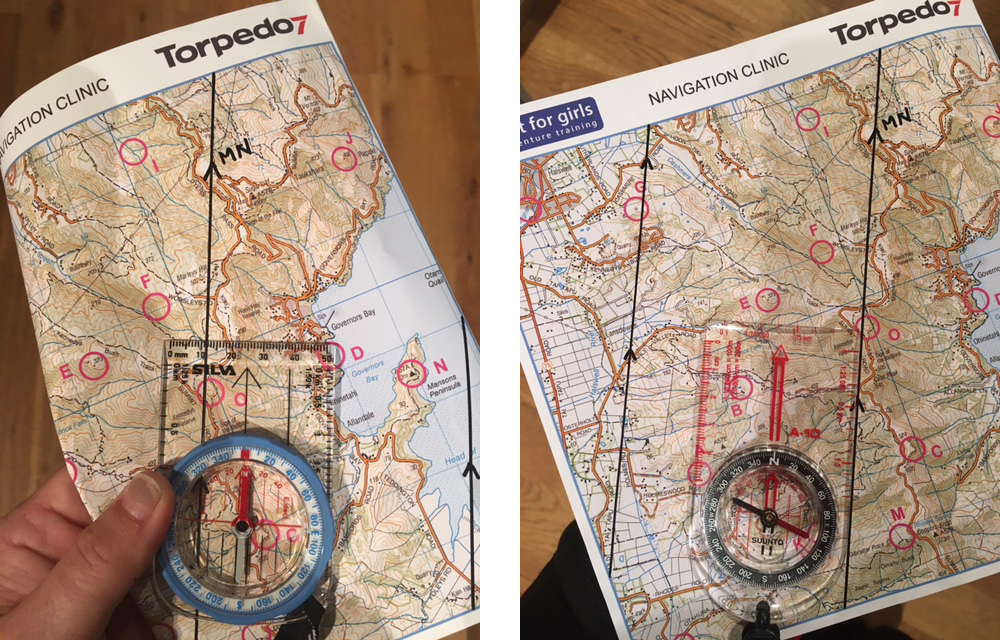
I always say that you only know where you have to go, if you know exactly where you are. By having your map always orientated it helps you match the features on the map to the terrain around you, thus confirming where you are.
See you out there, just make sure you are going in the right direction!
Nora is based in Christchurch and her Just For Girls Navigation Clinics have been running since 2008. If you want to learn more or sign up for a clinic yourself visit the Wicked Rogaines website.


